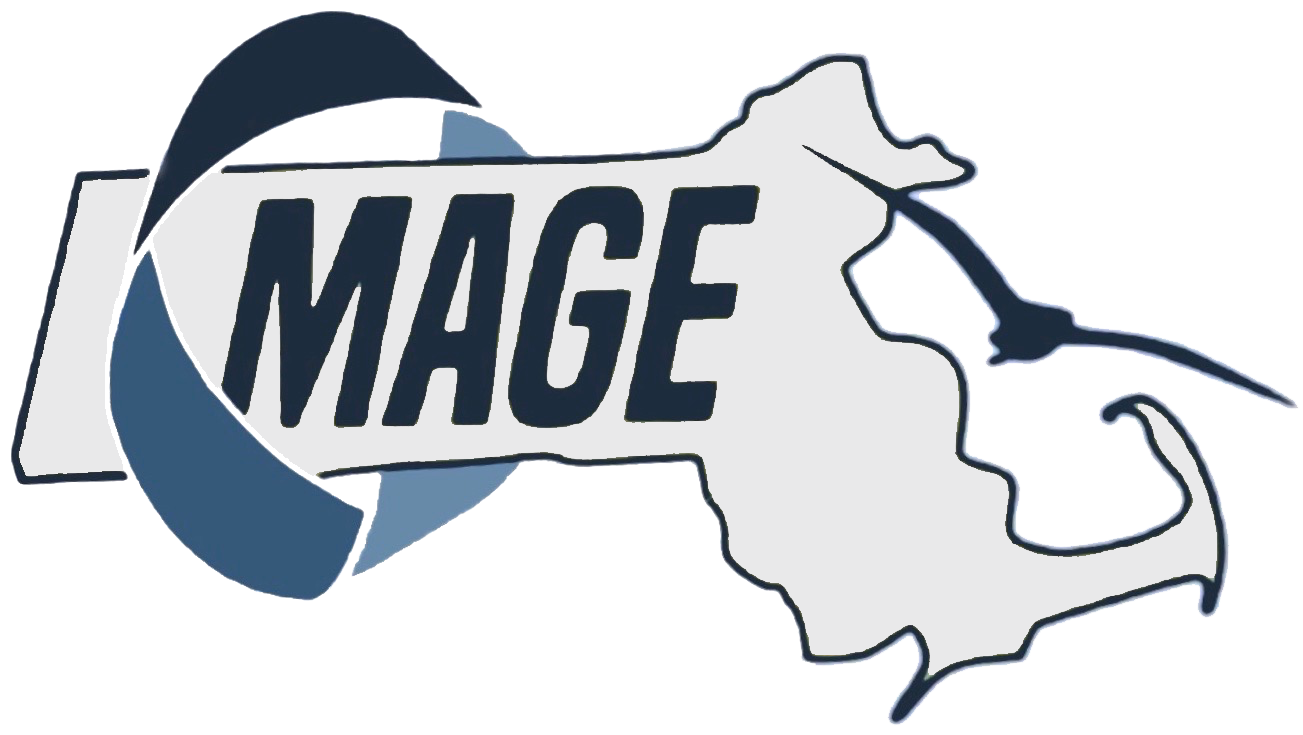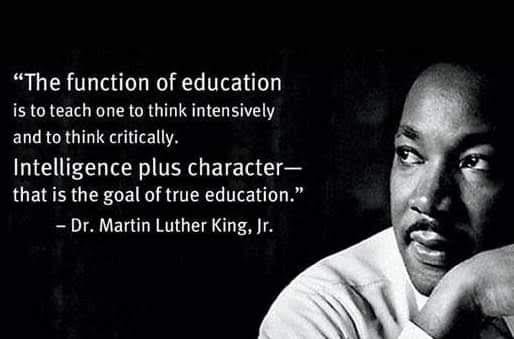Roads
I remember the first time I read Robert Frost’s, “The Road Not Taken.” I was in high school, and my English literary teacher’s name was Robert McEwan, RIP. His reading of this poem mesmerized me for some reason. Perhaps it was the manner in which my teacher discussed this poem afterward. It was more of a monologue with him speaking and seemingly no one else in my class, namely my peers, listening to him, but me. Perhaps it was because I imagined that the older man with mostly silver hair and built of average stature that stood before me probably looked very similar to Robert Frost in his day and age. Although Mr. McEwan wore a business casual suit and Robert Frost’s attire was likely less comfortable and more formal attire. Up until that year I hadn’t encountered many male teachers while attending private schools. So maybe that was it.
The poem itself resonated with me because I had felt so alienated from so many of my peers since having started elementary school. I had felt that I had to choose roads not traveled very often because of who and what and where I was at those particular moments. Oftentimes I was that one traveler coming from a place of lone existence who could withstand brief encounters with others if that is what it took, but who remained a loner after everything was said and done. Physically, it was apparent that I was different from my so-called peers: lean, brown-skinned, female, ethnic, oddball, rare. I was ambivert, compliant, timid, expressive, quiet, nonexistent, and contemplative. It was challenging to blend in physically when most of my classmates came from a more homogeneous culture. I made do because my mother fought hard for me to get here and my father couldn’t wait for opportunities to brag about how smart his daughter was to his so-called peers.
As a youth, I had encountered so many roads wherein the doors of diversity appeared to be opening ever wider before me. But there were nonphysical differences which brought themselves to bear over time. I was neurodivergent. I processed the external and internal worlds I encountered differently than neurotypical youngsters would. My emotions were heightened, my sensitivities were brightened, my thought processes were deep, and my mind’s eye was steep. There were complex secrets I had to keep as I was rolling in the deep woods of my rainforest mind. There were native proclivities I had to keep reserved like the foreign manifestations of the observations I had made in my environment and the myriad questions I had raised over time.
What did all that mean? Yeah, I was different not solely based on looks, but also based on my cognitive strengths and weaknesses. However more often than not it was my looks people regarded more. I had to think like this, this, and that because I was black. I had to believe that, that, and this because that is what people like me were supposed to believe. But those were the populous roads traveled, these monolithic mannerisms and the stereotypical trappings which coincided with them. Somewhere deep inside there was a place for people like me who looked one way but thought in a multitude of other ways. The knowledge of where this was would evade me for many years, but somehow, I naturally gravitated toward a diverse set of folks, mainly girls, who I learned were neurodivergent themselves if not just plain weird or nerdy.
So I traveled on those roads with them and many times without them depending upon who and what and where I was at those particular moments. I would sometimes merge, sometimes converge with other people traveling on these roads. These were people who were independent, rebellious, creative, bold individuals. They were artists, writers, poets, speakers, creatives and makers who saw things visually, thought with their movements, felt with their paint brushes, pencils and pens. They might have stumbled upon their gifts and talents while taking their journeys. Or, they might have been mentored and guided along these passages. Their roads might have bent and curved, crisscrossed and diverged. Or, they may have been blessed to have been led to walk upon the straight and narrow pathways of life. After all, aren’t these variants of roads meant to represent life’s choices fraught with abundant opportunities or destinies found? Perhaps that was what mesmerized me most about the poem at that time? Perhaps in the twinkling of my mind’s eye there laid inkling as to the possibilities which would only come if I remained steadfast and true to the whole person I was beyond my hue. And, doing that has made all the difference for me.
Currently, I am exercising and utilizing my varied interests and passions as a neurodiverse and creative multi-potentialite. I am a magazine contributing editor. I love photography. I am a passionate art enthusiast. I am an officer and public relations coordinator for the local Boston chapter of American Mensa. I moderate several social media groups and pages covering politics, multicultural books, events and literature, the spectrum of giftedness and multiexceptionalities, high abilities, African American homeschooling, parents’ advocacy both local and statewide, and this should be no surprise, poetry.
There are many dynamics of my multifaceted wiring that I have been able to explore. I am grateful for all the stops made along the way: spiritually, mentally, psychologically, emotionally, intellectually, physically, socially, and cognitively. My proudest achievements made to date, independent of my having raised my beloved family, have been in the areas of public service and neurodiversity awareness. These have been pivotal accomplishments and have allowed me to reach other people internationally to promote and develop shared understanding on levels I could have never predicted decades earlier. It is important for me to be able to expose others to the nuances that accompany neurodiverse individuals whether they are walking these pathways independently or alongside others who are walking those untraveled pathways as well. In retrospect I can’t imagine that I could have traveled them any other way.
Magalie A. Pinney is a Financial Services professional from the United States who is certified in the field of gifted and talented education by the University of Connecticut, Neag School of Education. She received a Communication baccalaureate, cum laude, and is pursuing a masters degree. She is an advocate, chairperson, and board member for MAGE: Massachusetts Association for Gifted Education. She serves on the GTAC Gifted Talented Advisory Council to her state’s board and department of education.




